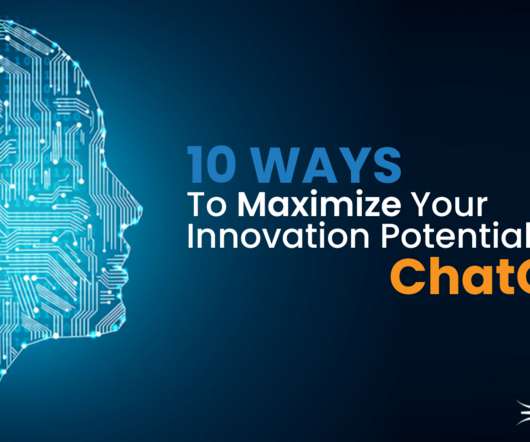The Future of Design Thinking: Integrating Artificial Intelligence for Success
Leapfrogging
FEBRUARY 28, 2024
It encompasses five key stages: empathize, define, ideate, prototype, and test. This process is widely adopted by managers, executives, and consultants to drive new product development, service innovation, and business model refinement.


















Let's personalize your content